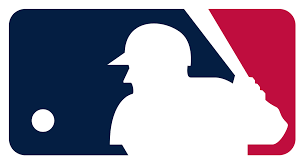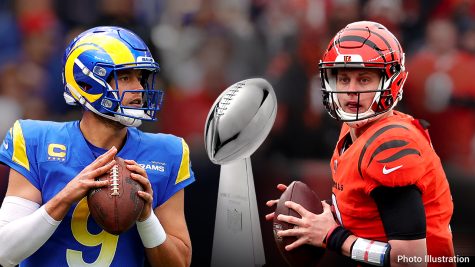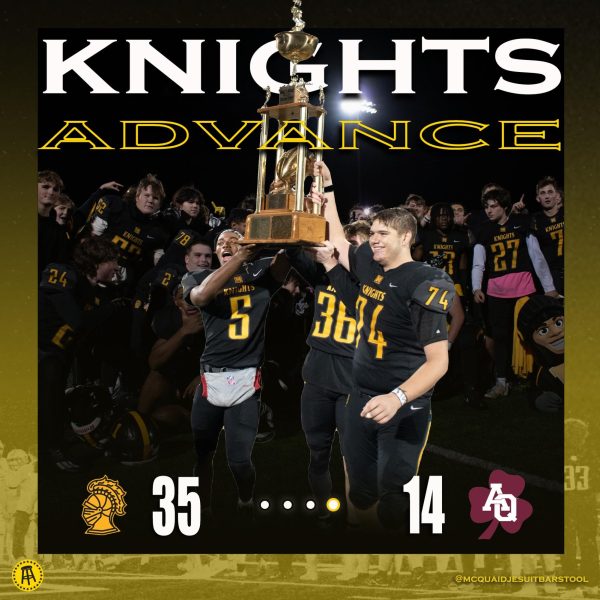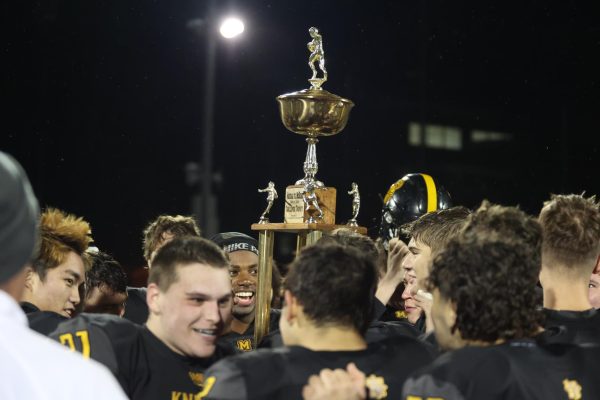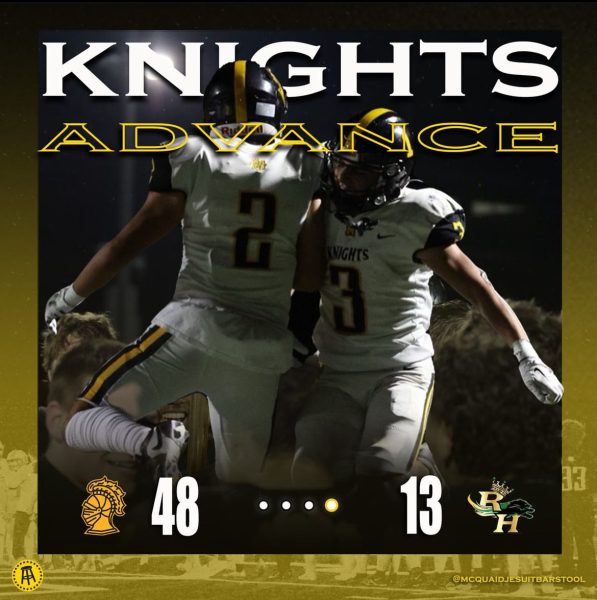The Case for Baker Mayfield
The 2017 college football season was dubbed the “year of the quarterback.” The potential of the 2018 NFL Draft’s quarterback class has been compared to that of the legendary 1983 and 2004 drafts. While USC’s Sam Darnold, UCLA’s Josh Rosen, and Wyoming’s Josh Allen were projected to be top 10 picks in the preseason, a new contender has emerged: Oklahoma’s Baker Mayfield.
Mayfield, the 2017 Heisman Trophy winner, put himself on the NFL draft radar with a masterful week 2 performance against a vaunted Ohio State defense on the road. He threw for 386 yards, 3 touchdowns, and did not throw an interception against a defense featuring multiple future pros, including CB Denzel Ward, LB/DE Sam Hubbard, DE Nick Bosa, and LB Jerome Brown, among others.
The biggest knock against Mayfield is his height. He was measured at 6’0 ⅜” at the Senior Bowl. The average height of NFL quarterbacks is 6’3”. While Mayfield’s height is not ideal, it should not disqualify him. Drew Brees (6’0”) and Russell Wilson (5’11”), both of whom have led their respective teams to Super Bowl titles, are prime examples of why height is not the be-all-end-all for quarterbacks.
Another concern people have about Mayfield is his, at times, questionable character. He was arrested last year for public intoxication and resisting arrest, and was suspended for the first drive of a game after making an obscene gesture towards the Kansas sideline. However, he certainly would not be the first to get a chance after a questionable past.
Mayfield’s best on-field attribute is his accuracy. He led the nation with a 70.5% completion percentage in 2017. He also led the nation with a 62.5% adjusted completion percentage on deep balls, according to Pro Football Focus. This takes into account throwaways, dropped passes, and passes where the quarterback was hit as he threw. He also threw a career-low 6 interceptions. Accuracy is the most important attribute for quarterbacks at the NFL level, especially because today’s offenses have become increasingly pass-heavy. His accuracy would make him a good fit with a team running a West Coast offense, which is predicated on pin-point accuracy from the quarterback.
Mayfield is also mobile. He has the ability to make plays with his legs, both running the football and escaping from the pocket to extend plays. While he rushed for 311 yards and 5 touchdowns in 2017, Mayfield keeps his eyes down field when he scrambles. Much like Russell Wilson, Mayfield’s first thought is to make a play down the field while on the run, instead of taking off too early.
Mayfield is a leader with an uncanny work ethic. On the sidelines, his energy is infectious. He sets the tone for the level of intensity he wants his teammates to have, and they respond. Off the field, his work ethic serves as an example for his teammates. After walking on at Texas Tech, he left to walk on at Oklahoma, who had Trevor Knight, a freshman who had just beaten Alabama in the Sugar Bowl, on its roster. He was not scared off by this. He beat out Knight to become the starter then went on to have a legendary college career.
Mayfield is projected to be either the third or fourth quarterback taken in April’s draft. His earliest chance to be picked is thought to be the New York Jets with the 3rd pick, followed by the Denver Broncos at 6 and the Miami Dolphins at 11.
Picking a quarterback in the first round is what puts some general managers in Canton and others in the unemployment line. Because of the magnitude of a high draft pick, some general managers will pass on Mayfield because they would be afraid of the consequences if he were to fail; it would be significantly harder to justify taking a 6’0” failure than a 6’4” failure. There will be a GM who takes Mayfield with a high pick, probably in the top 10; that GM will get a talented quarterback with the heart of a champion.

Simone is a sophomore who has attended McQuaid since 7th grade. He enjoys sports, particularly baseball. His favorite athlete is Gary Sanchez. He beat...



